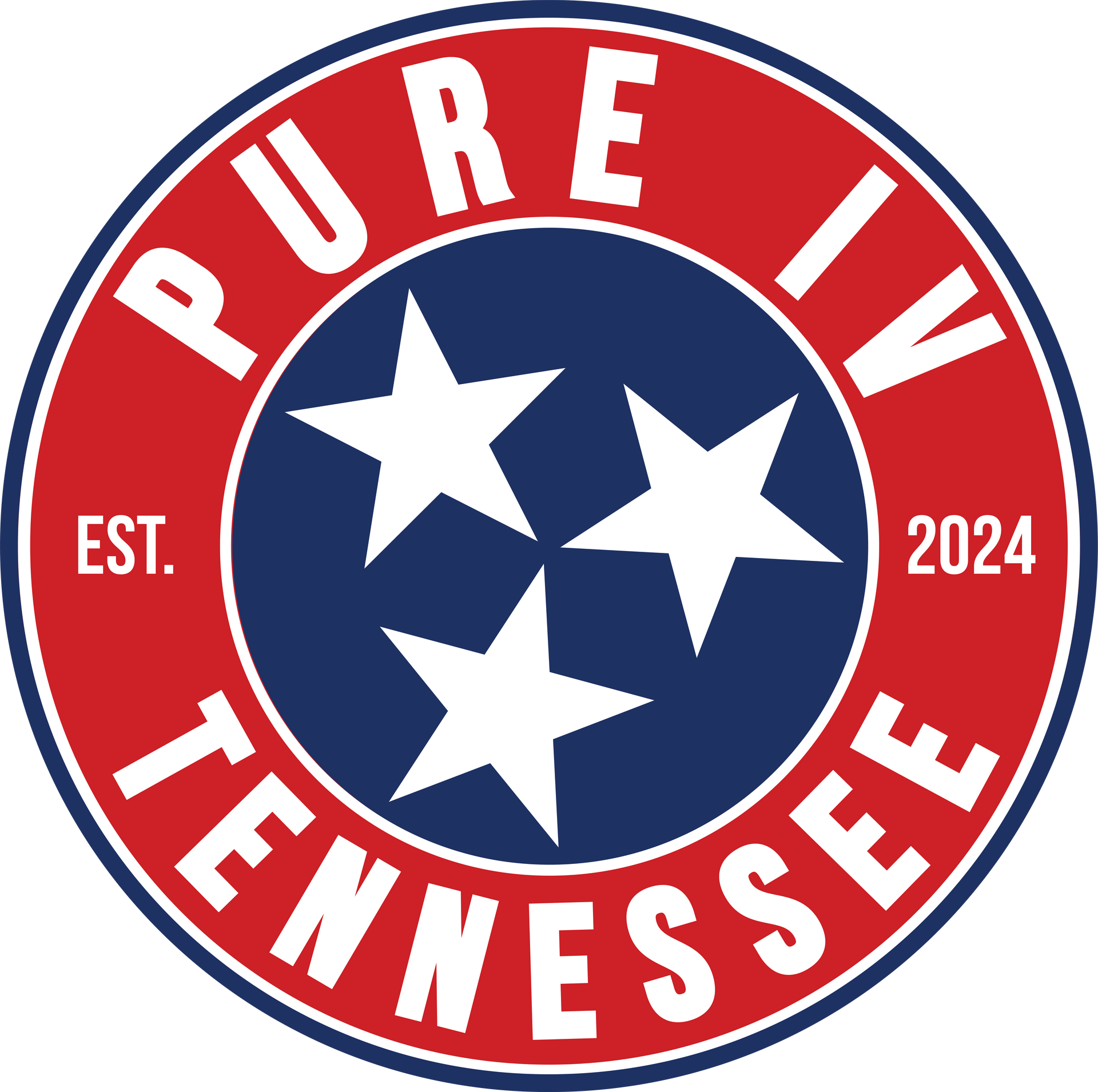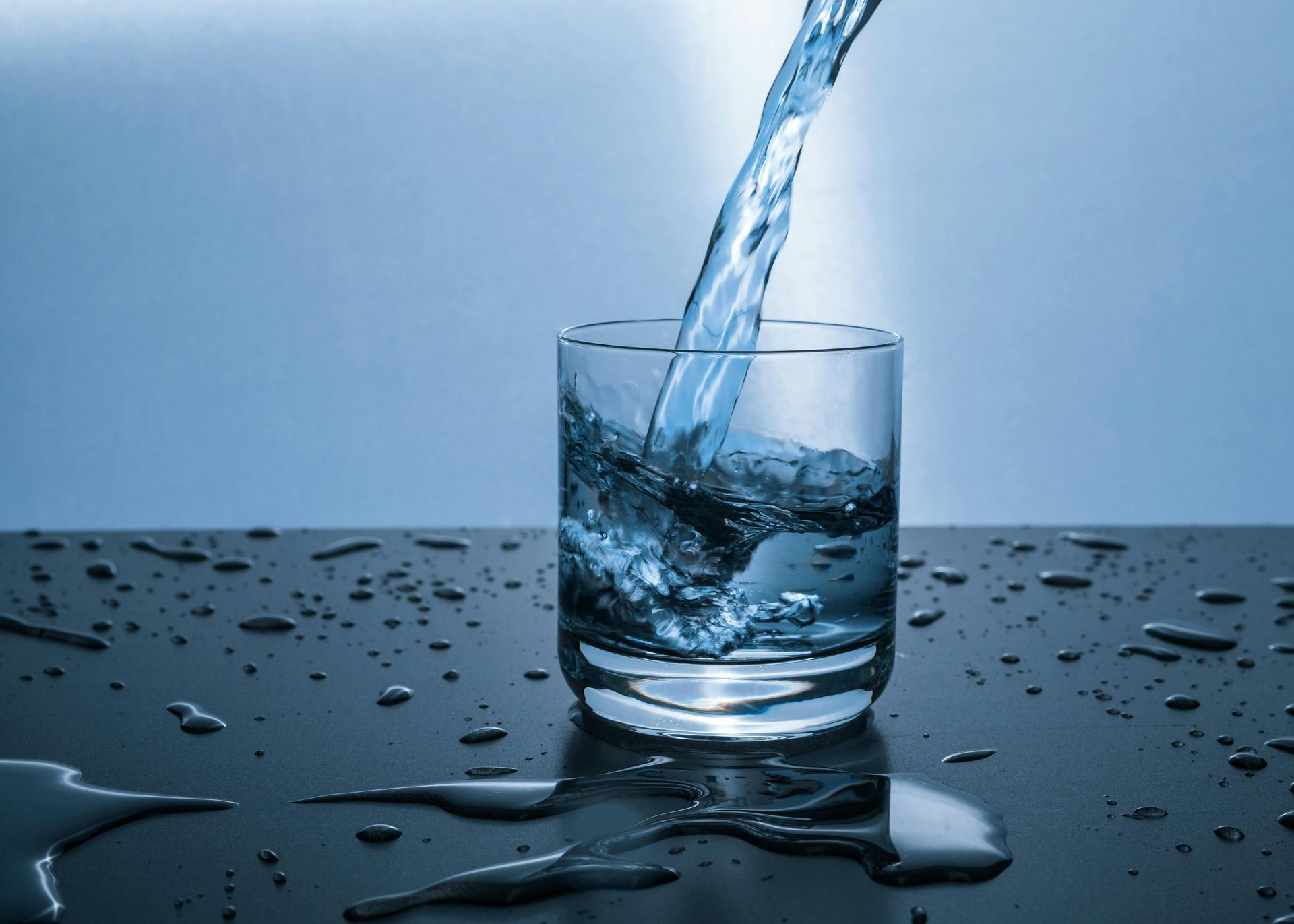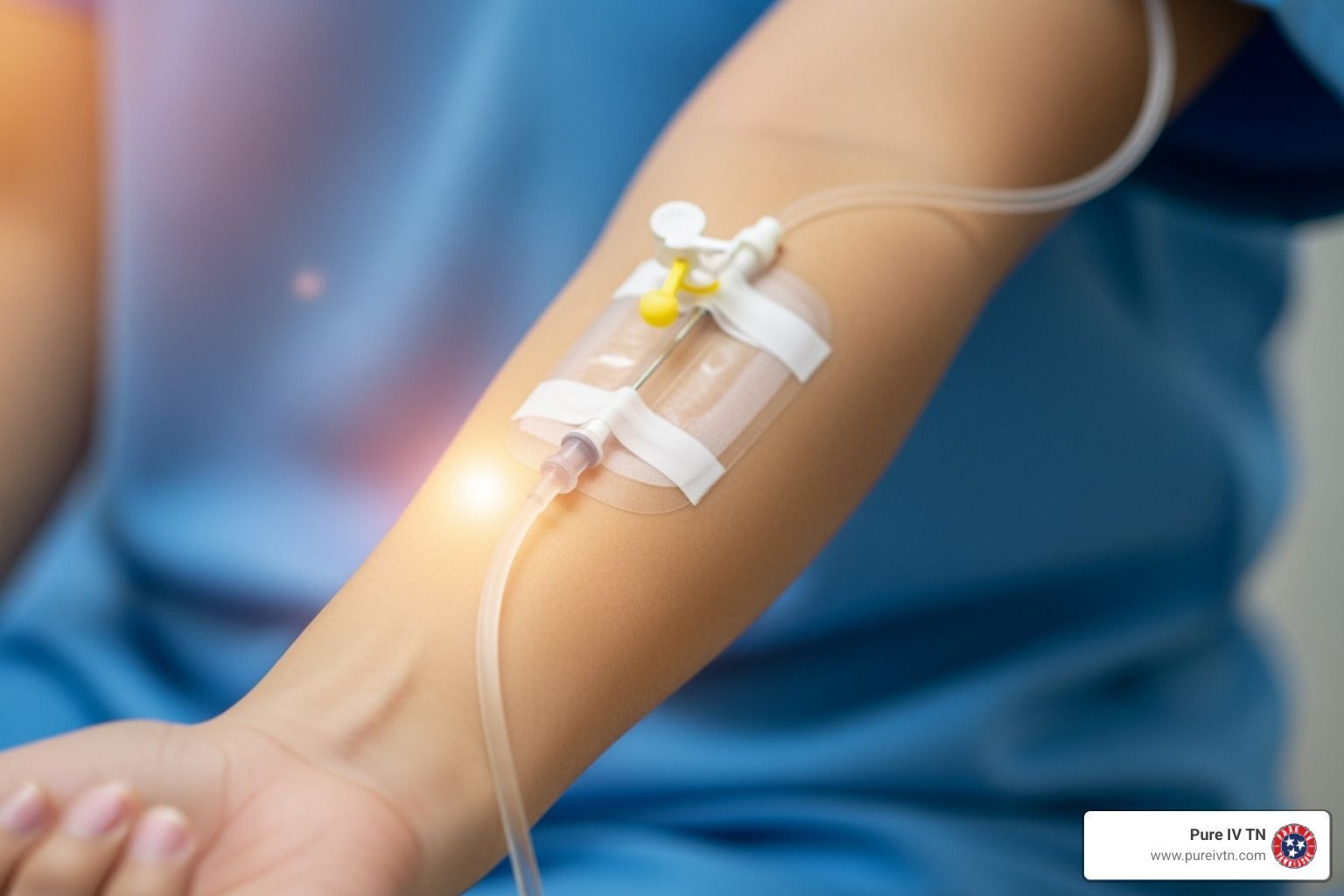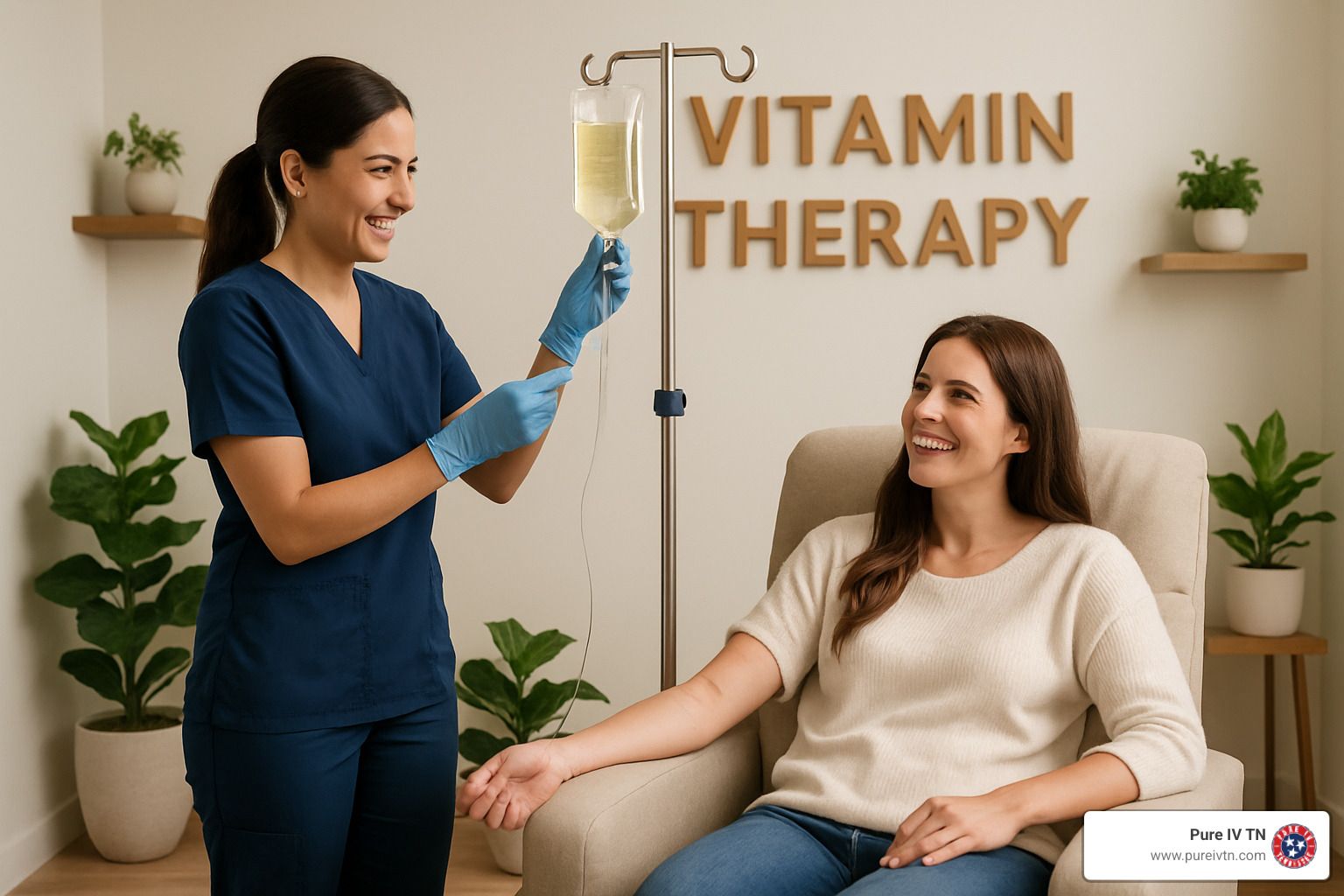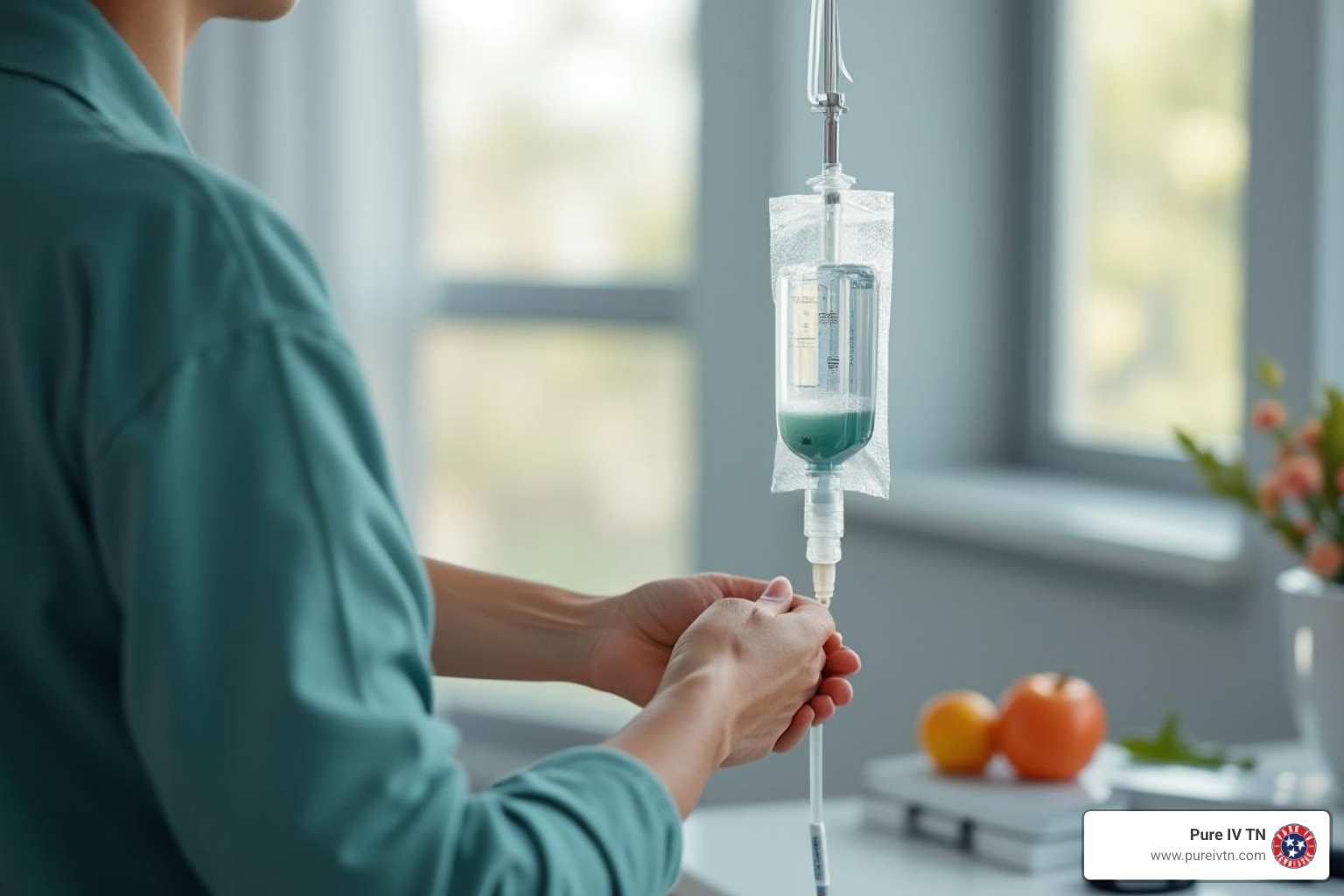IV Fluids for Burn Patients: Restoring Balance After Severe Injury
Severe burn injuries do more than damage the skin. They also disrupt the body’s fluid balance and electrolyte regulation. When the skin barrier is compromised, large amounts of plasma leak from blood vessels into surrounding tissues. When fluids escape into tissues, the body loses plasma volume and electrolytes, leading to dehydration and burn shock.
This rapid fluid loss leads to dehydration, low blood pressure, and even burn shock. For this reason, intravenous fluids for burn patients are a cornerstone of burn management.
Why Burn Patients Need IV Fluid Resuscitation
The skin normally prevents insensible fluid loss, but severe thermal burns destroy this barrier. When it’s damaged by thermal burns or electrical burns, this protective barrier is lost. Large burns cause severe dehydration within hours.
Without proper fluid replacement, the body enters hypovolemic shock. Hypovolemic shock is a dangerous state where blood volume drops too low to maintain circulation. This reduces oxygen delivery to vital organs and can quickly become life-threatening.
IV fluid resuscitation therapy supports burn patients in several ways:
- Restore blood volume and circulation–Fluids replace what’s lost through damaged vessels and evaporation, ensuring the heart can pump effectively and oxygen can reach tissues.
- Maintain electrolyte balance–Burns cause massive sodium, potassium, and chloride shifts. Fluid management through IV fluids corrects these imbalances.
- Stabilize blood pressure and prevent shock–Adequate burn fluid resuscitation avoids the life-threatening consequences of severe dehydration and low perfusion.
- Support tissue repair and wound healing–Fluids deliver nutrients and oxygen needed for cellular repair at the burn site. Without hydration, healing slows dramatically.
- Preserve kidney function–Burn fluid resuscitation therapy ensures enough blood flow to the kidneys, helping them filter waste and avoid acute kidney injury.
- Limit metabolic stress–Burns put the body into a hypermetabolic state, raising energy demands. Proper hydration supports metabolism and reduces strain on organs.
IV fluids do more than just “refill the tank.” They actively stabilize the body, protect organ function, and create the foundation for wound healing and long-term recovery.
IV Fluids Used for Burn Patients

Crystalloids (Normal Saline, Ringer's Lactate)
Crystalloids are the first-line fluids used on burn injuries. Crystalloids such as Lactated Ringer solution are a go-to choice for adult burn care. Ringer's Lactate solution is often preferred because it more closely resembles the body’s natural electrolyte composition. It restores fluids and provides lactate, which acts as a buffer to help correct acidosis.
Normal saline solution helps replace lost volume and stabilize circulation, but excessive use can increase the risk of hyperchloremic acidosis.
In some cases, hypertonic saline or hypertonic sodium may be used to reduce swelling and improve circulation. This is especially true in patients with inhalation injury or extensive thermal burns.
Colloids (Albumin, Plasma Expanders)
After the initial 24 hours, colloids such as albumin may be introduced. These solutions contain larger molecules that stay in the bloodstream longer, helping maintain oncotic pressure—the force that keeps fluids inside blood vessels.
Colloids are often used when crystalloids alone are not enough to stabilize the patient.
Fluid Resuscitation Formula Protocols in Burn Care
Determining fluid requirements is not guesswork. Burn patients require carefully calculated fluid replacement, not just “more fluids.” While IV fluids save lives, giving too little—or too much—can be dangerous.
- Under-resuscitation may lead to hypovolemic shock, kidney failure, or death. Continuous monitoring of urine output helps clinicians evaluate whether fluid management is effective.
- Over-resuscitation can cause fluid overload, resulting in tissue swelling, compartment syndrome (dangerous pressure buildup inside muscles), or pulmonary edema (fluid in the lungs).
Correcting fluid requirements is crucial to prevent overhydration or underhydration—both can worsen outcomes. To strike the right balance, clinicians follow structured fluid resuscitation formulas as part of the burn resuscitation protocol to ensure precise care.
The Parkland Formula for Burns
The Parkland Formula estimates fluid requirements based on a patient’s body weight and the percentage of total body surface area (TBSA) burned:
4 mL × body weight (kg) × %TBSA burned
Half of this total is administered during the first 8 hours after the burn, and the remaining half over the next 16 hours. For example, a 70 kg adult with 40% TBSA burns would require 11.2 liters of fluid in the first 24 hours.
This formula follows the standard burn size estimation method and the weight rule of 9s, which helps determine burn extent and guide proper IV fluid rates.
Adjustments to the fluid resuscitation plan are made based on urine output and serum sodium concentration to prevent dehydration, fluid creep, or electrolyte imbalance.
Avoiding Complications During Burn Fluid Resuscitation
While fluid resuscitation saves lives, excessive fluid replacement can lead to dangerous complications such as compartment syndrome or cerebral edema. These occur when tissue swelling increases internal pressure, restricting circulation and damaging muscles.
To prevent this, bladder pressure monitoring and careful observation of inflammatory markers are used. This ensures that fluid management stays within safe limits and avoids burn disaster outcomes caused by over-resuscitation.
Fluid creep, or gradual fluid overload, can also be prevented by adhering strictly to IV fluid rates and using hypertonic sodium solutions when necessary to draw excess fluid out of tissues.
IV Fluids as Part of Comprehensive Burn Care
IV fluid therapy is only one piece of the recovery process. Effective burn management also involves:
- Pain management–Severe burns cause intense, ongoing pain that interferes with breathing, sleep, and the body’s ability to heal. Proper pain control reduces stress responses and helps maintain a stable heart rate and blood pressure during recovery.
- Wound care and surgical Intervention–After fluid resuscitation, attention shifts to wound cleaning, wound debridement (removal of damaged tissue), and the use of dressings that protect against infection and moisture loss. For deeper burns, skin grafts or reconstructive surgery may be required.
- Infection prevention–Burn injuries compromise the body’s natural barrier against microbes, making infection one of the biggest threats. IV fluids support immune function by maintaining blood flow to tissues, which helps white blood cells reach the wound. Antibiotics, sterile techniques, and early wound coverage further reduce infection risks.
- Antioxidant therapy–including Vitamin E, to reduce oxidative stress and promote tissue recovery.
- Nutritional and metabolic support–Burns trigger a hypermetabolic state, where the body consumes energy and protein at an accelerated rate to repair damaged tissue. Patients often need high-calorie, high-protein diets delivered orally or through feeding tubes. IV fluids work alongside nutritional therapy to ensure nutrients are effectively transported to regenerating cells.
By stabilizing hydration and addressing insensible fluid loss, IV fluids make it possible for these other treatments to work effectively.
When to Seek Specialized Burn Care
Severe thermal burns, inhalation injury, or electrical burns require immediate transfer to a specialized burn center.
At a burn center, experienced teams manage burn fluid resuscitation, calculate fluid requirements, and adjust IV fluid rates precisely. They also treat complications such as compartment syndrome or cerebral edema, ensuring safe and effective recovery.
Prompt fluid resuscitation and professional care reduce mortality, prevent burn shock, and support stable long-term outcomes in adult burn care.
